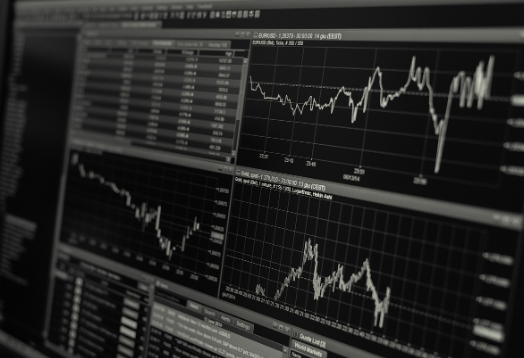#Microsoft #Nvidia #Apple #Amazon #MetaPlatforms #Alphabet #USEconomy #MarketIndicators
In the world of finance and investment, the performance of big tech companies like Microsoft, Nvidia, Apple, Amazon, Meta Platforms (formerly Facebook), and Alphabet (Google’s parent company) is often seen as a bellwether for the broader stock market and, by extension, the U.S. economy. However, this perception might not be entirely accurate. While these tech giants have shown remarkable growth and resilience, especially during times of economic uncertainty, their financial health and stock market performance may not necessarily provide a comprehensive view of the U.S. economy’s strength.
One reason is the sheer size and global reach of these companies. Microsoft, Apple, Amazon, and the others operate on an international scale, deriving a substantial portion of their revenues from outside the United States. This global diversification means that their financial health can be significantly influenced by economic conditions in other parts of the world, making them less reliable as indicators of purely U.S. economic health. Furthermore, the tech sector has its unique growth drivers, such as innovation, digital transformation, and the increasing reliance on technology across all sectors of the economy. These drivers can propel these companies to grow even in times when the broader U.S. economy is experiencing stagnation or decline.
Moreover, the concentration of market capitalization in these tech giants has led to a situation where their performance can disproportionately affect the overall market indices, such as the S&P 500 and the NASDAQ Composite. This overrepresentation can skew perceptions of the market’s health, suggesting a more robust economy than might actually be the case if one were to consider a broader array of indicators. Economists and analysts suggest that a more comprehensive view of the U.S. economy’s strength should include a range of factors, including employment rates, consumer spending, manufacturing activity, and the performance of small to medium-sized enterprises, which collectively employ a significant portion of the American workforce and are more sensitive to domestic economic conditions.
In summary, while the success stories of Microsoft, Nvidia, Apple, Amazon, Meta Platforms, and Alphabet are undoubtedly impressive and contribute to the narrative of American technological and economic leadership, they should not be seen as sole barometers of the U.S. economy’s strength. Diversification in assessing economic performance, considering both high-tech behemoths and more traditional economic sectors, is crucial for a balanced understanding of the U.S. economic landscape. Investors and policymakers alike should consider a wider array of economic indicators to paint a more accurate picture of the country’s economic health.







Comments are closed.